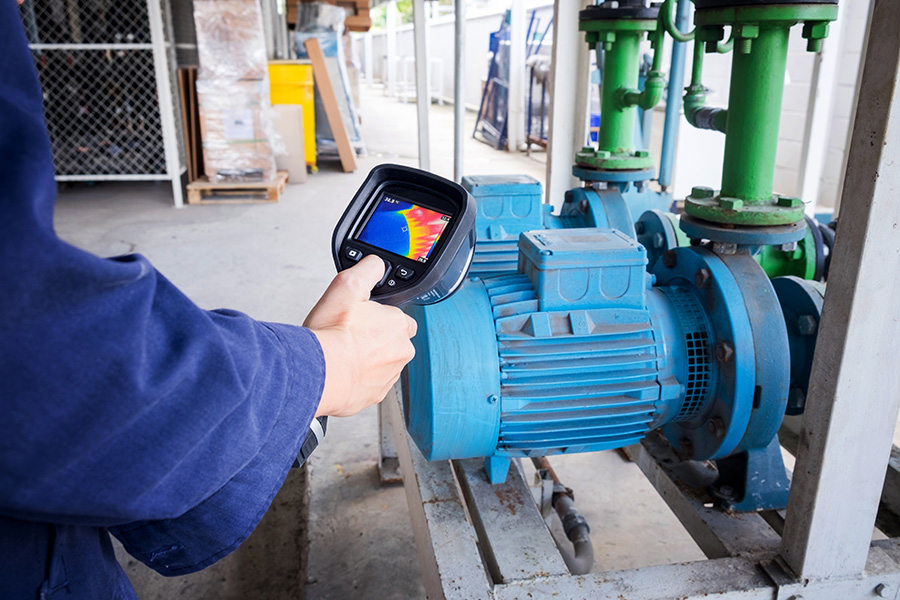 To ensure the successful software implementation, training must address all aspects of the change and promote conceptual, operational, and software knowledge.
To ensure the successful software implementation, training must address all aspects of the change and promote conceptual, operational, and software knowledge.6 Steps to a Successful Software Rollout
Identifying goals and building buy-in are among the essential steps managers must take
When facility management departments look to improve the services they provide to their institutional and commercial facilities, communicate better with their customers and demonstrate measurable performance results, they often turn to software as one means to achieve those goals. The many options for computerized maintenance management systems (CMMS), integrated workforce management systems (IWMS), and other software platforms to manage facility management functions can seem overwhelming.
Regardless of whether a department is implementing a new software tool or replacing an existing system, the changes the organization will experience can be highly disruptive and result in an unsuccessful rollout if not proactively managed.
One strategy for managing change during facility management software implementation follows the six steps. Employing this strategy can increase commitment to and enhancement of the new software and can contribute to the overall success of the implementation.
Early steps
The effective rollout of facility management software begins well before a manager selects a specific software tool or introduces it to the organization.
In the business-process-improvement phase, the organization sets goals and objectives specific to the software implementation to define what success will look like in the end. Managers then should document, evaluate and optimize current processes associated with software implementation.
In a typical facilities department, the business processes targeted for enhancement through software often include service calls, corrective maintenance, preventive and predictive maintenance, materials management, space management, and project management.
Defining ideal process flows and standard operating procedures before the software is implemented helps the process in two ways. First, documenting the desired processes creates a roadmap for the team responsible for configuring workflows in the new software. Second, the facilities department can correct problematic practices that might later be wrongly blamed on the software when, in fact, the software functions exactly as designed.
As the implementation process transitions to the technology-integration phase, managers need to begin working with the software team to identify steps in the business processes that will be incorporated into the software and agree on data standards that will result in consistent measurement of desired outcomes.
The business intelligence that managers and their organizations can obtain from a CMMS or IWMS is only as good as the data within the system. For that reason, it is important for the implementation team to configure the system with consistent naming conventions for the fields populating the database, preferably using industry standards.
Workflows within the software should follow as closely as possible the optimized business processes developed in the first phase. It is important for the facility management and software-implementation teams to communicate openly and often because sometimes it might be more advantageous to slightly alter a business process to achieve an outcome rather than requiring expensive software customization. The facility management department must consider these tradeoffs in light of their definition of success for the project.
Related Topics:














